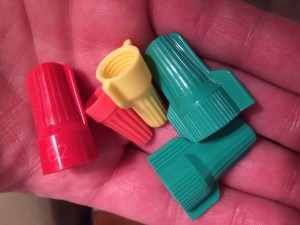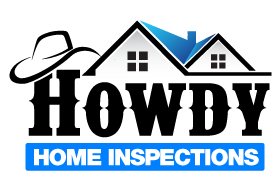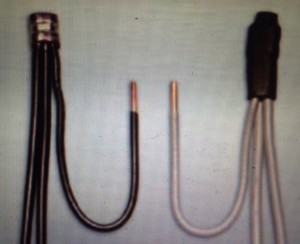I have written about Aluminum wiring in the past. In other posts I’ve explained what it is and why it’s dangerous. Today, I want to talk about the different ways of repairing aluminum wiring if you have it in your home. If you haven’t read any of my other posts about Aluminum wiring let me give you some facts.
- AL wires were used in houses between 1964-1973
- The Consumer Product Safety Commission says AL wires are 55 more likely to have receptacles reach “fire hazard conditions”
- Only small branch AL wiring is a safety hazard.
- The danger spots of AL wires occur at the connection points with switches, receptacles and bus bars.
- Every month during our Charlotte Home Inspections, we find houses that have been wired with AL wires
- No Worries – There are ways of repairing aluminum wiring
Whenever we find Small Branch Aluminum Wiring is houses, we always recommend an electrical contractor be consulted for further evaluation and repair of your system. There are three main ways of repairing aluminum wiring in your home. They are complete replacement, the COPALUM Method and AlumiConn Connector Method.
Complete Replacement
The complete replacement method means that you can either switch all your lights to gas lanterns or you can replace all the AL branch circuit conductors with copper. Doing this eliminates the danger since your getting rid of the AL wire and replacing it with a wire that is much more capable of handling the heat associated electrical current.
Depending on what kind of house you have will determine how difficult this method will be to perform. For houses with more unfinished areas such as attics and basements, this method is more feasible as it’s easier to run the new copper wires from above and below. The biggest drawbacks to this method are that people dislike lantern light and total replacement can be difficult and expensive.
COPALUM Method
The most common method for repairing aluminum wiring is the COPALUM method. Since the danger of small branch aluminum wiring occurs at connection point, the Consumer Product Safety Commission recommends “pig tailing” copper wiring to the ends of all the aluminum wiring in your home with a special COPALUM connector. This COPALUM connector makes a permanent connection by essentially cold-welding them by crimping them together with over 10,000 lbs. of force. This must be done on all small branch AL wires found in the panel box, electrical outlet, switches, Junction boxes and any hardwired appliances. When I say “small branch” I’m talking about the 10 &12 AWG wires, not the larger gauge wires. Here’s a photo of what the COPALUM method looks like.
AlumiConn Connector Method
If COPALUM connectors aren’t available the Consumer Product Safety Commission says that the AlumiConn connector may be used as an alternative. While the AlumiConn Connector makes a permanent connection between the AL wire and copper pigtail, it doesn’t create a cold weld as done in the COPALUM method. For this reason, the AlumiConn connector is not the preferred method or fixing aluminum wiring.
Please note that a qualified electrician needs to make the electrical repairs and under NO CIRCUMSTANCEs are “Twist-on Connectors” like wire nuts an acceptable method of repair. Below is a photo of the twist-on connectors that I’m talking about.
So that’s the scoop on repairing aluminum wiring. Howdy Home Inspections finds Small branch aluminum wiring being used in houses all the time. If your house was built between 1964-1973 and you’re concerned about the presence of AL wires, call T.J. Thorne today to schedule your home inspection.
Be Happy and Be Kind
T.J. Thorne





